This 48-year-old was left with severe scarring alopecia on the caudal region of his scalp for over a decade. The cause was an aggressive scalp condition called folliculitis decalvans. He had undergone various antibiotic therapies to control the condition and stabilize it for about 11 years. Finally, because of the significant cosmetic impact it had on his day-to-day life, he reached out to our team to treat the area with surgical hair restoration.
There were numerous aspects of this 2074-graft follicular unit transplantation (FUT) case that made it memorable. Scalp thickness and health in the recipient area is often compromised from this condition. Platelet rich plasma (PRP) coupled with an extracellular matrix may have helped graft viability in the recipient area.. However, within a few months, he could already see improvement and one year later, his confidence was back as his scalp coverage was as seen in the images below.
While not all instances of cicatricial alopecia result in this type of transformation, it is certainly treatable. For those interested, I co-authored a chapter on this condition years ago in the textbook, Dermatologic Therapy. I believe the full text is available for free.
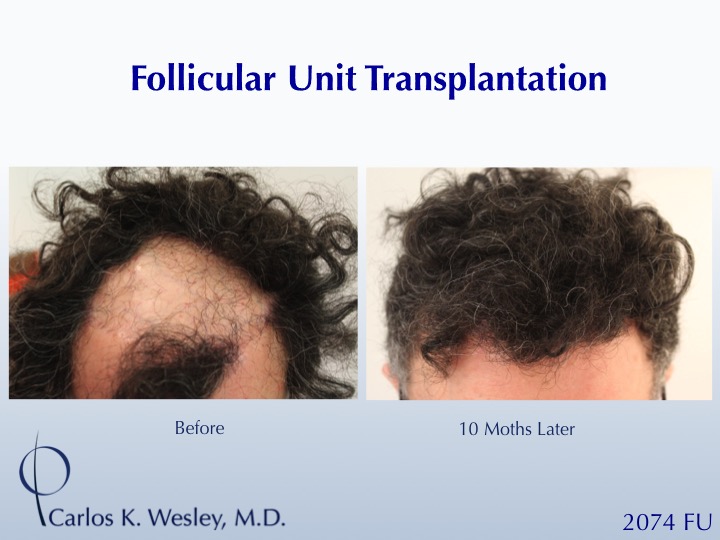
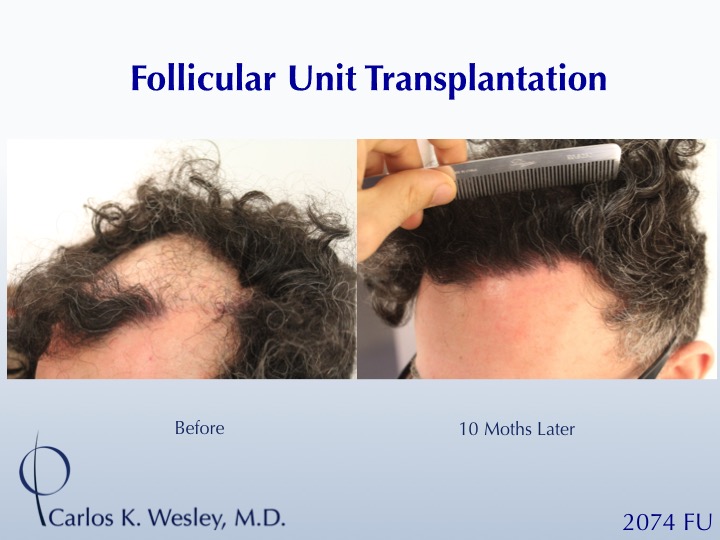
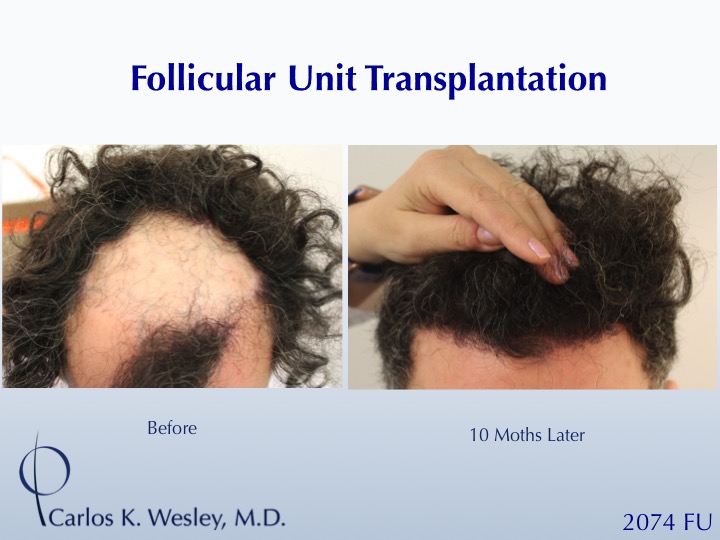
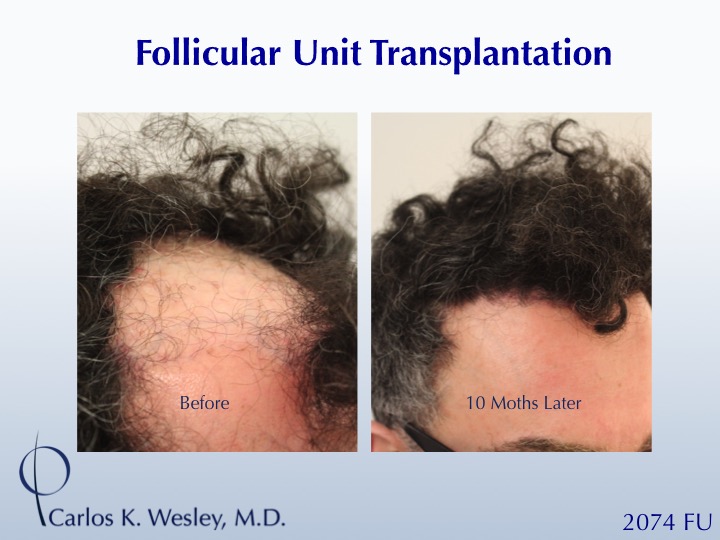
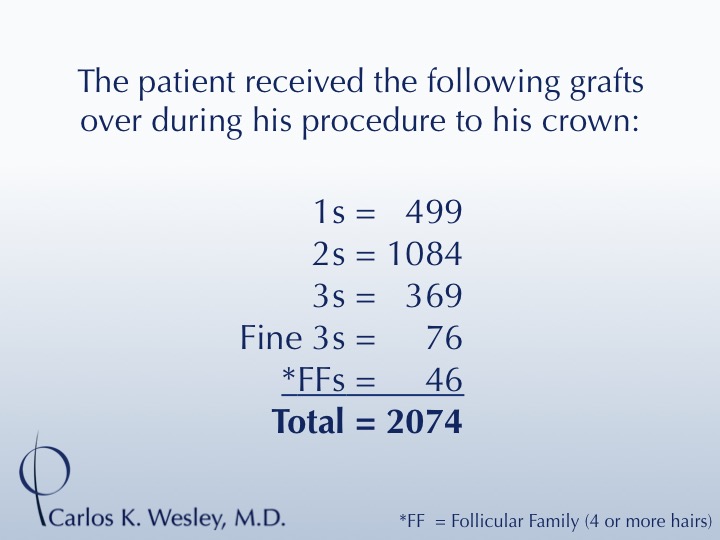
There were numerous aspects of this 2074-graft follicular unit transplantation (FUT) case that made it memorable. Scalp thickness and health in the recipient area is often compromised from this condition. Platelet rich plasma (PRP) coupled with an extracellular matrix may have helped graft viability in the recipient area.. However, within a few months, he could already see improvement and one year later, his confidence was back as his scalp coverage was as seen in the images below.
While not all instances of cicatricial alopecia result in this type of transformation, it is certainly treatable. For those interested, I co-authored a chapter on this condition years ago in the textbook, Dermatologic Therapy. I believe the full text is available for free.





.pdf)
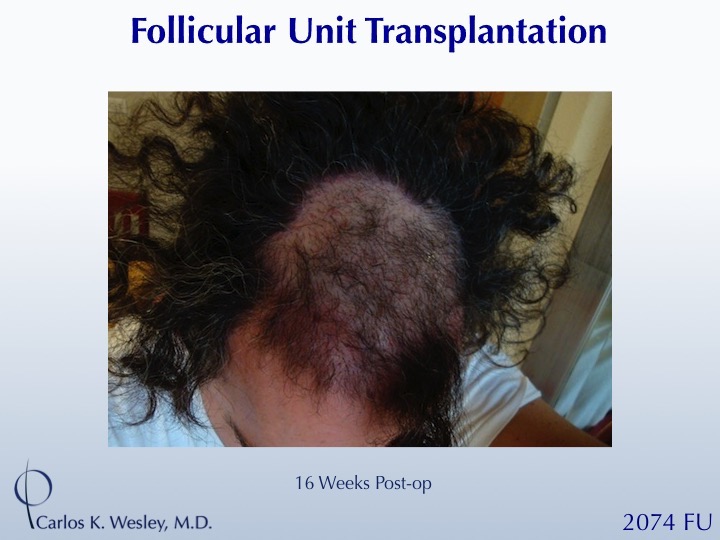
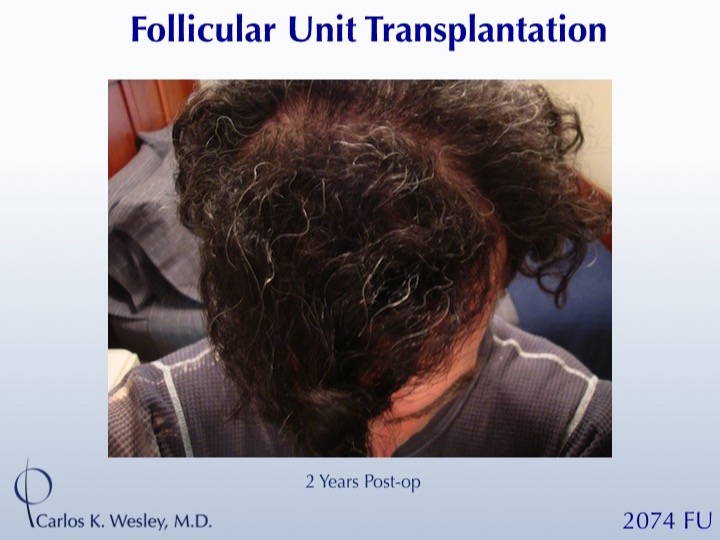
Comment